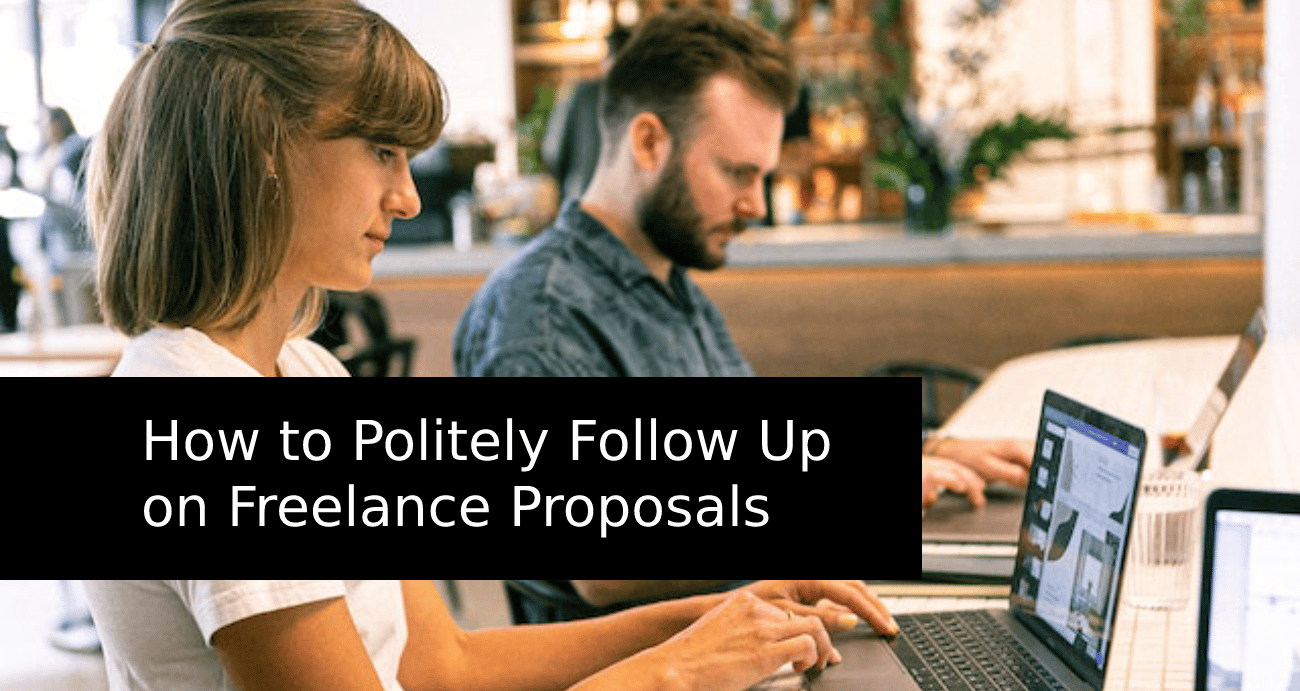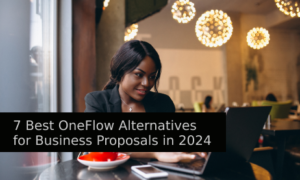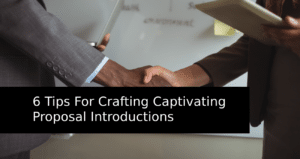A freelance proposal is one of the best ways to earn clients. Whether you’re a freelance writer, social media marketer, explainer video animator, product copywriter, or others, sending follow-up after a proposal email is necessary.
Sending follow-up emails on freelance proposals is an effort to get potential clients’ attention. There are two types of follow-up emails: one you send after getting a reply from recipients and the one you send after getting no response from recipients.
If you are still waiting for a response within two weeks of sending an initial email, it’s time for you to launch a follow-up email. You may need to send follow-up emails more than once. So, structuring the body email is undoubtedly tricky.
You have to structure follow-up emails appropriately without sounding too pushy and desperate. How you write your email subject and content is key to winning them. It’s the opportunity to re-evoke potential clients.
Why Do Freelancers Need to Send a Follow-Up Email?
Sending follow-up emails should indeed be done by freelancers. Many don’t send follow-up emails after an initial email as it may add more work for them. So sending one can get you ahead of competitors.

You can reap many more benefits from sending follow-up emails. It’s more than reminding potential clients that you want to work with them.
Here are some of the advantages you can get, as follows:
- Leaving a strong impression: Follow-up emails can help you leave a strong and better impression. It’s an opportunity to build relationships, attract clients and grow your freelancing career.
- Boosting open rates: The possibility of recipients opening your email is higher if you send follow-up emails. You can cut through the noise of a recipient’s inbox and stand out in the sea of unopened emails.
- Building good relationships: Your follow-up emails are also a way to connect with potential clients. Follow-up emails that you send show your attitude. So having them well-structured is crucial.
- Showing professionalism: Personalized follow-up emails will leave a better impression. It also shows that you’re a professional person. With the appropriate approach, your follow-up emails can help you seal the deals.
- Adding credibility: Not only does it help you be more professional, but a strategic follow-up email can also add credibility and build better self-branding.
Recipients may not instantly reply to your follow-up emails but can reach out to you anytime. So, it can also help you garner benefits in the long run.
When Is the Best Time to Send It?
An important aspect to consider when sending follow-up emails is when you deliver them to recipients. Not all days and hours are best for sending emails. The wrong timing can only get you nowhere.
Then, what will be the best time to send follow-up emails?
Below is the data on the best time to send an email. Specific hours yield high engagement, while others show less engagement.

According to a survey of 300 marketers, the first three days of the week are the best times to send emails. In detail, 24.9% say Tuesday, 22.6% say Monday, and 21.3% say Wednesday as the days when they get the most engagement.
Therefore, you shouldn’t send follow-up emails on Thursday or Friday as people may be busy finishing their deadlines and preparing for the weekend.
In addition, send your emails between 9 am – 3 pm to get a higher click-through rate.
7 Steps to Politely Follow Up on Your Freelance Proposal
Approaching potential clients through emails has always been challenging since then. Yours must be impressive enough to get them to seal the deals.
To help you create follow-up emails, we’ve pieced together seven practical steps for you to follow.
Let’s jump right in!
1. Introduce who you are and give context
The first thing a recipient should grasp from your follow-up emails is your personal information. Even though you have introduced yourself in the initial emails, you still need to introduce yourself again.
There is a chance that recipients miss your initial email, so a self-introduction in a follow-up email is a must. You can state your name and job. Tell them that you’re a freelancer with specific expertise.
The next information following your introduction is your email context. Explain why you send a follow-up email to your recipients.
For instance, ‘I’m here to follow up on a proposal email I sent to you on Tuesday,’ or ‘I know you may be busy, I’ll quickly remind you about the proposal emails I sent previously,’
Your context must be clear and forthright so recipients can instantly understand your email. Clear context also drives them to read the following lines and thoroughly review your email.
2. Be straightforward
In today’s day and age, people want everything to be quick and effective. They don’t want to waste their time reading long emails every day. Therefore, your follow-up email must be clear and straightforward.
State why you want to work with your recipients and how you can help them achieve their goals. Your self-branding and marketing must be impressive to get their attention. Below is an example:
“I’m excited to work together with you. With years of experience in social media marketing, I can help you boost sales and grow your business. Please let me know if you have anything to ask regarding my proposals. It would be great to hear back from you,”
3. Keep it personal
Personalized emails are proven to be effective. You need to know whom you’re talking with, including their work field and expertise. The better you know your potential clients, the easier it will be for you to build personalized emails.

As you know, stating the recipient’s name is necessary for your subject and body email. Depending on your recipients’ niche or background, you might want to use formal writing words or alternately, also add a bit of humour or keep your email light-hearted.
4. Reiterate the value
Sending a follow-up email and reiterating your value will be useful. Stating your value is a great way to avoid being too salesy and desperate. You can tell recipients how you can help them achieve their needs.
Value yourself as a solution to their problems. You can be specific by referring to the recipient’s needs and providing a glimpse of a solution. This way, your email will be more valuable than overstating your achievements. You can also add value to your email subject.
5. Avoid templates
Email blast refers to too generic emails. You may want to cut time approaching potential clients by sending a templated follow-up email to all recipients. But, more than a one-size-fits-all follow-up email will be needed to get recipients’ responses effectively.
Even if you have a follow-up email template, personalization is still necessary. Show your personality and let your recipients know something about you. That’s why reiterating your value in a follow-up email is necessary.
Create your email using a conversational tone. It’s also crucial to ensure that your email speaks to recipients personally, not to hundreds of businesses.
Emails that come in a personalized manner have a better chance of getting a response. It’s the first step to developing connections with potential clients and, ultimately, pulling them in to seal the deals.
6. Don’t forget to add a CTA
Call-to-actions (CTAs) are an essential element in your follow-up email. A clear CTA at the end of your email is better to drive recipients to give desired responses. You can ask them to reply to your emails, visit your website or schedule a meeting.
However, it’s also important not to overstate your CTA. It can make your follow-up email too pushy and leave a bad impression on recipients. Adding one strong CTA or two with a combination of soft and powerful CTA should be enough.

The above example shows the utilization of a clear CTA. The sender clearly states his intention. Employing such CTAs can give you a higher possibility of getting a response, just like the example shows.
7. Inform the client about the next steps
Lastly, let your clients know what you will do next. If your recipients show interest in working together, you should tell them how you execute your tasks, including the strategy and tools you use to make your service top-notch.
With open conversation on how you will progress the project, clients will value you as trustworthy and reliable. If they have proceeding questions, you must provide clear answers to wipe away their doubts.
Once you secure the deals, you must also explain how you will do your payment, revisions, meetings, and so forth. Everything related to the project must be open to both parties to maintain a good workflow.
Wrapping up
Knowing how to follow up on freelance proposals politely will help you drive more deals. With appropriate follow-up emails, you can also build quality connections. Moreover, you may turn clients into loyal customers.
Author’s Bio: Adela Belin is a content marketer and blogger at Writers Per Hour. She is passionate about sharing stories with the hope to make a difference in people’s lives and contribute to their personal and professional growth. Find her on Twitter and LinkedIn.




